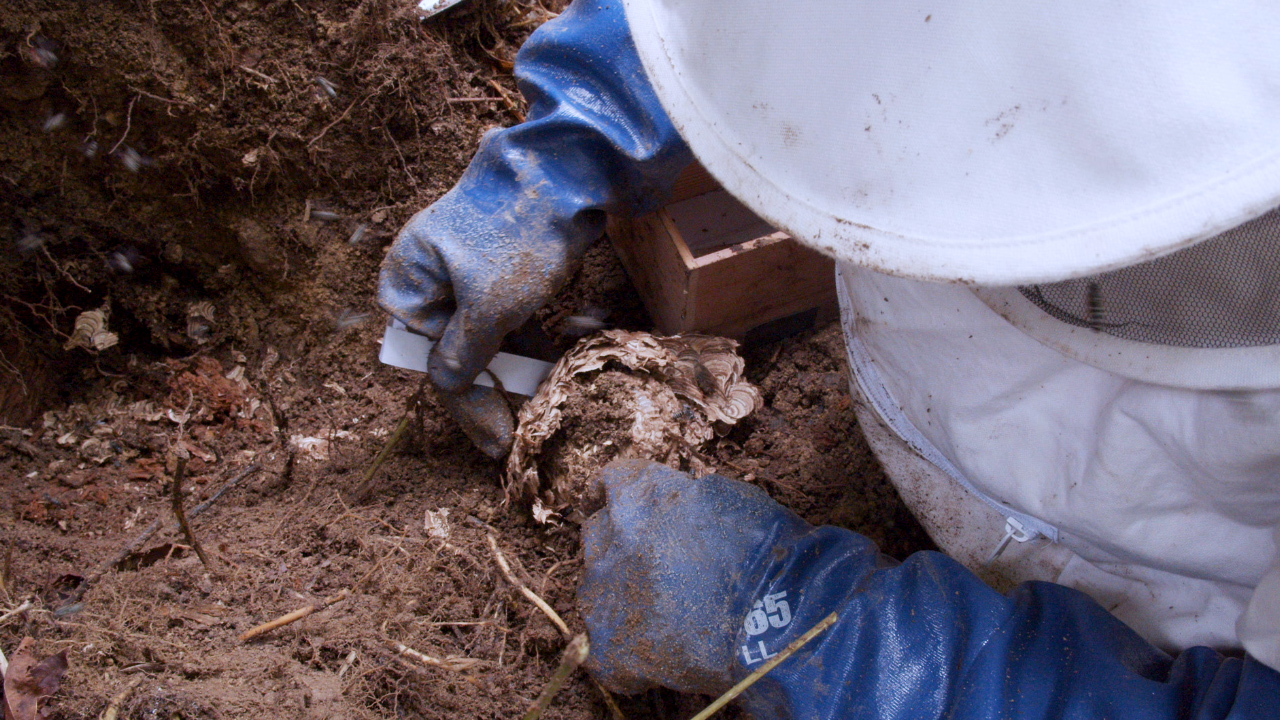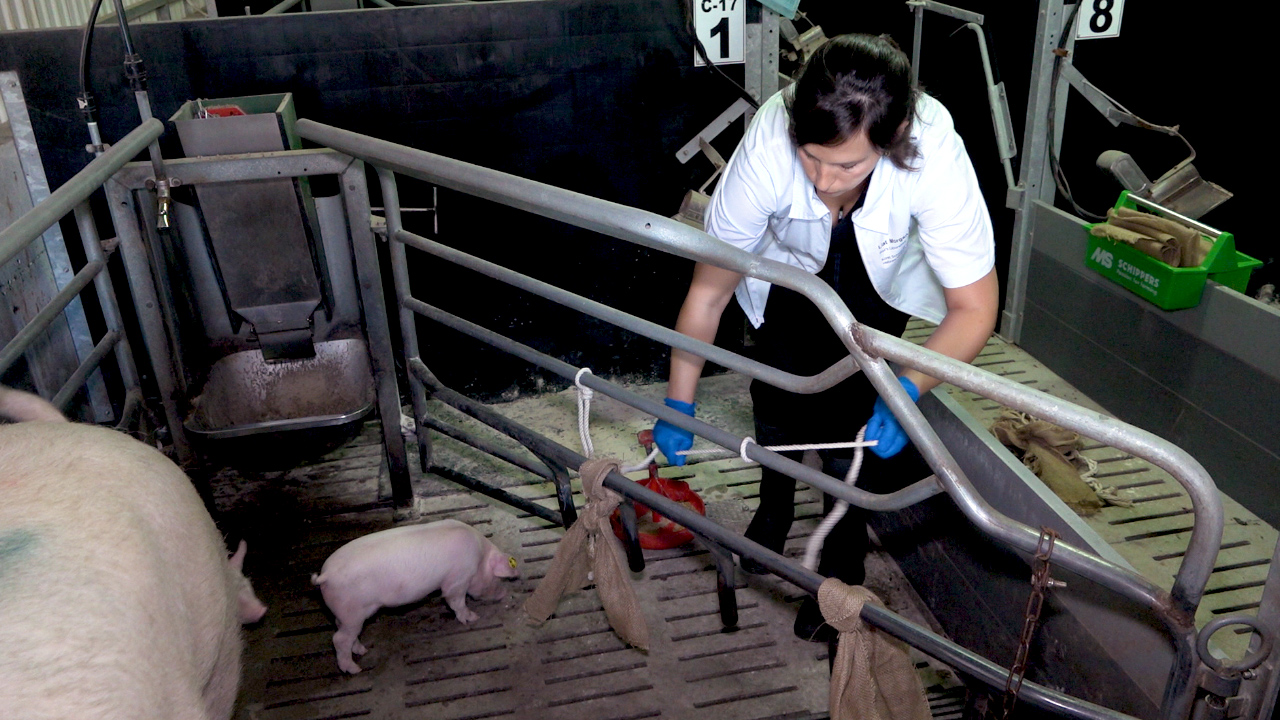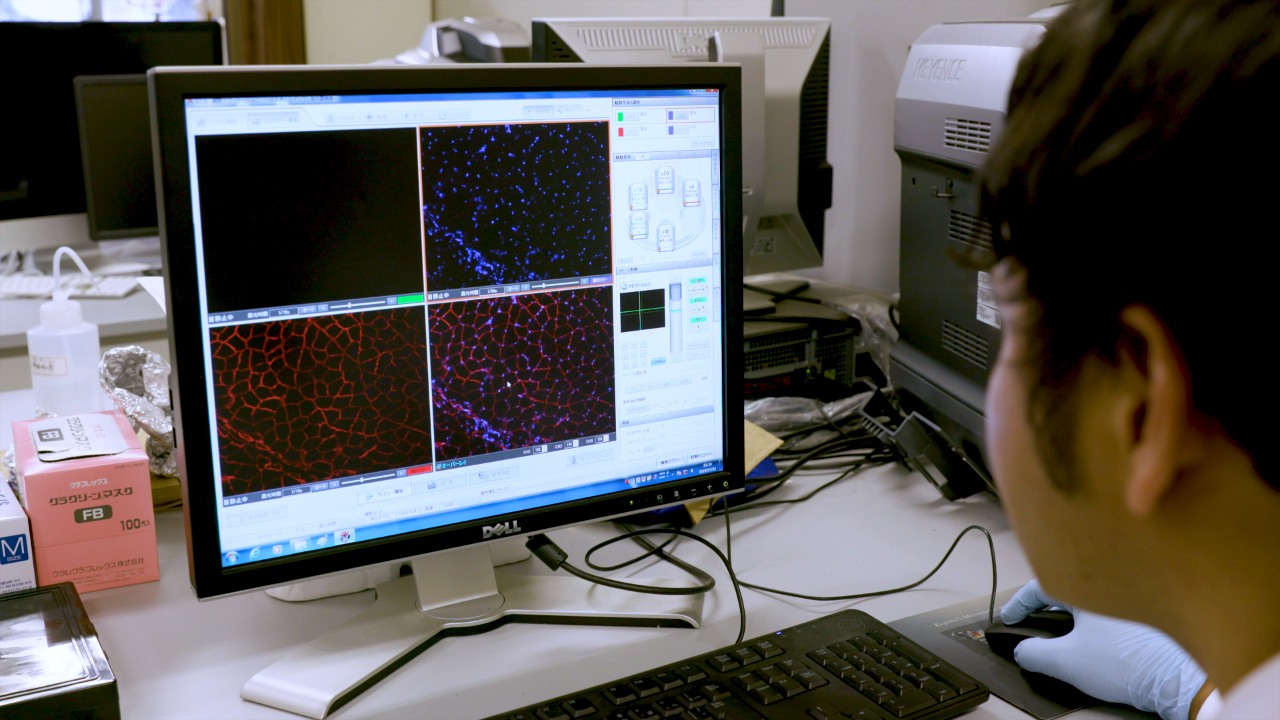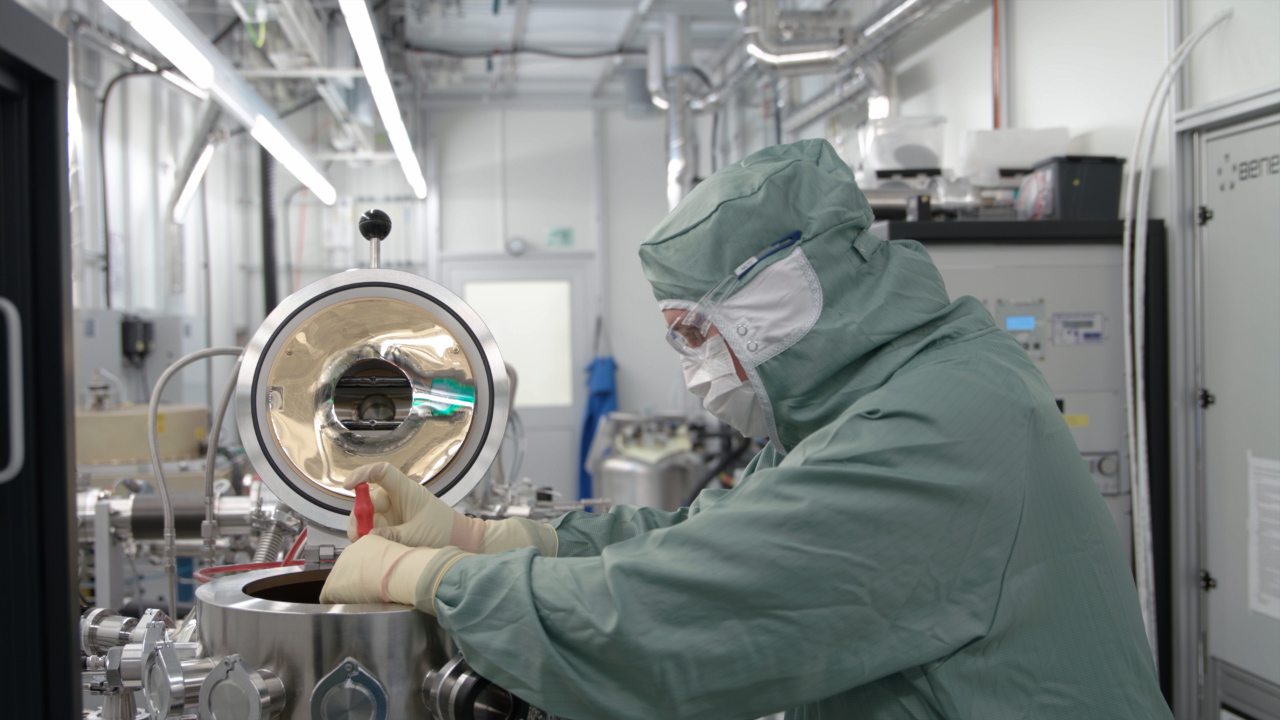Evaluation of the Productivity of Social Wasp Colonies (Vespinae) and an Introduction to the Traditional Japanese Vespula Wasp Hunting Technique
This methodological paper evaluates the productivity of a social wasp colony by examining the number of meconia per 100 cells of comb, to estimate the total number of adults the wasps produced. The associated video describes how to search for Vespula wasp nests, a method developed by amateur wasp chasers.
Providing Meaningful Environmental Enrichment and Measuring Saliva Cortisol in Pigs Housed on Slatted Flooring
This protocol demonstrates how to provide practical meaningful environmental enrichment for pigs which are housed on slatted flooring during the different stages of their lives, and how to collect saliva samples in a non-invasive manner for the measurement of cortisol concentrations, as a biomarker for acute stress.
Application of Consistent Massage-Like Perturbations on Mouse Calves and Monitoring the Resulting Intramuscular Pressure Changes
Here we describe the protocols for applying defined mechanical loads to mouse calves and for monitoring the concomitant intramuscular pressure changes. The experimental systems that we have developed can be useful for investigating the mechanism behind the beneficial effects of physical exercise and massage.
DNA Origami-Mediated Substrate Nanopatterning of Inorganic Structures for Sensing Applications
Here, we describe a protocol to create discrete and accurate inorganic nanostructures on substrates using DNA origami shapes as guiding templates. The method is demonstrated by creating plasmonic gold bowtie-shaped antennas on a transparent substrate (sapphire).






